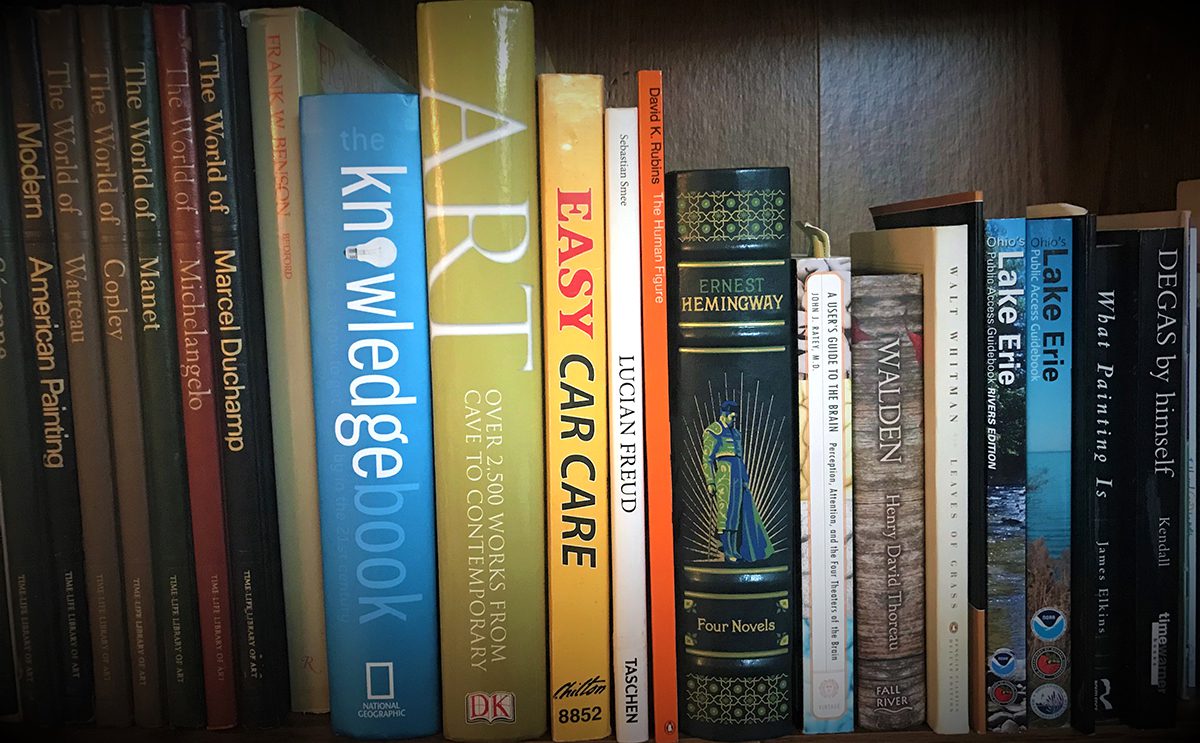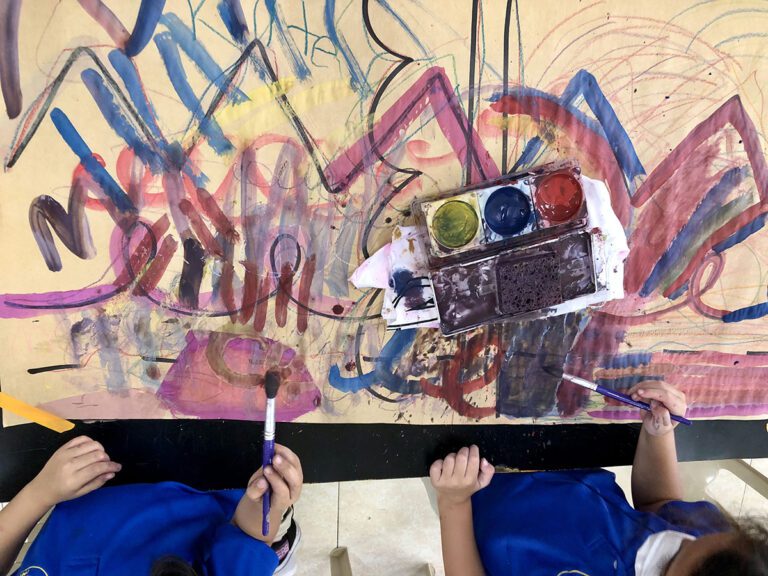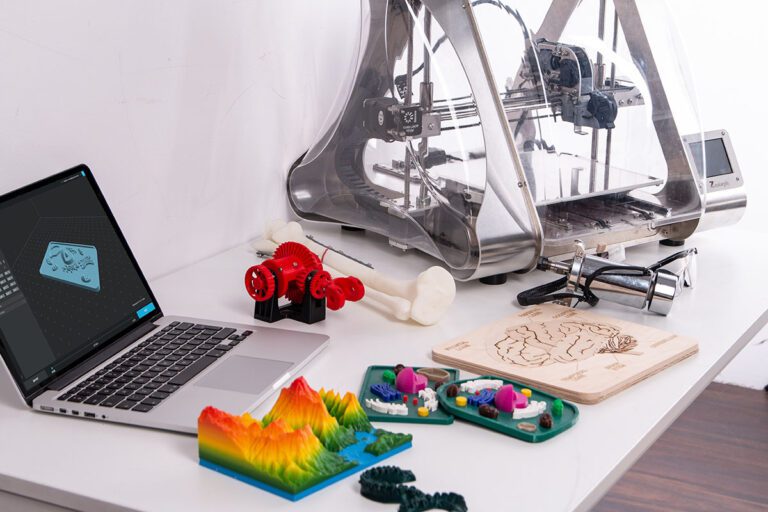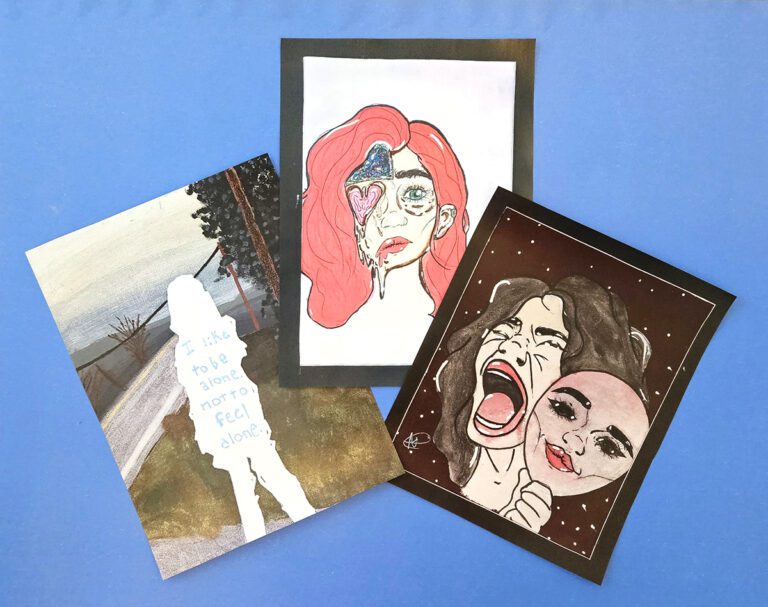The art room is a great place to explore, create, and use your imagination. It can also be a wonderful place for students to broaden their scope and breadth of knowledge. Incorporating other skills, subjects, and connections into an art lesson can promote a student’s critical thinking, analytical, and problem-solving skills. It can also reinforce more abstract concepts, improve reasoning skills, and allow for personal expression. Our students may not all become artists, art teachers, graphic designers, or interior decorators. We can support those who do and also give meaningful knowledge to those who do not go into the art field.
Here are three ways to integrate real-world connections into your lessons.
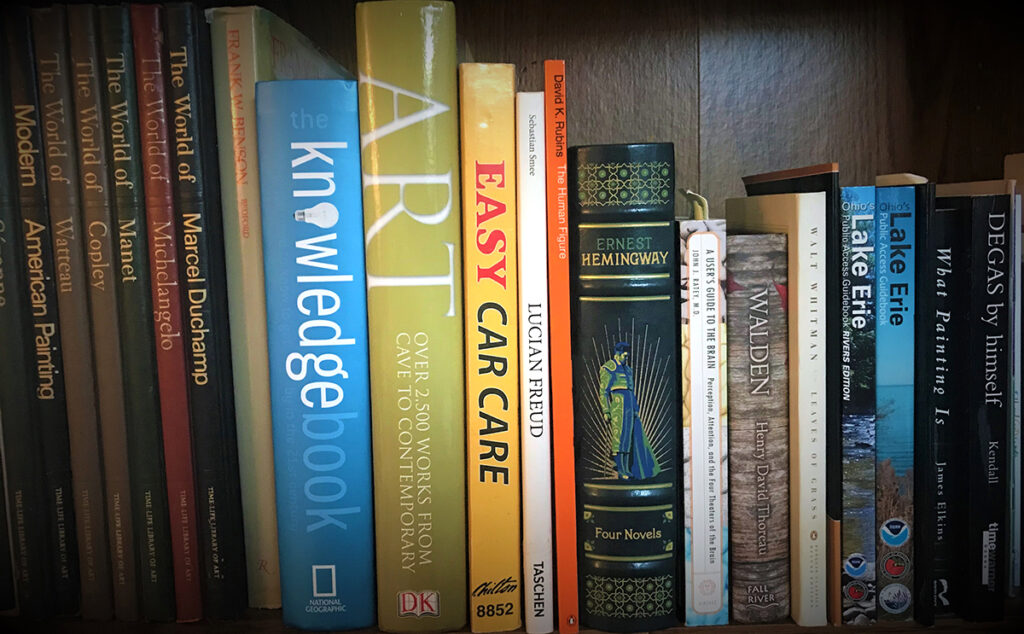
1. Make organic connections.
Make natural connections that are prebuilt into a lesson. For example, if you are teaching students how to create movie posters with Google Drawings, you can discuss graphic design or filmmaking. You may even be surprised to learn some of your students’ families are involved in these careers! This can spark some enriching conversations. For more lesson ideas that tie into careers, check out this article.
While arts integration and an interdisciplinary experience can be beneficial, if it does not make sense to use a connection, then refrain. If it is clunky and seems like you are cramming everything in except the kitchen sink, dial back. An interdisciplinary art lesson should enhance the teaching, not hinder it or make it more confusing. Let your students be an indicator of this. If they seem confused or overwhelmed, a tweak is probably needed somewhere.
2. Try a place-based learning approach.
A place-based education approach pulls local knowledge into your lesson. This is specific to the community in which you teach. Examine key areas in your teaching community and draw those into your curriculum. Maybe you live in a rural area where farming is a major industry or in a location with a rich Native American history. Take a field trip or collaborate with another staff member to enrich learning. A place-based approach has the potential to motivate students, create an awareness of their community, and even improve their academics.
3. Take a class inventory.
Survey your students and see what careers they are interested in. Then, try to tailor a few of these talking points in upcoming lessons. If a student has a heavy interest in being an auto mechanic, express the many benefits of the artmaking experience to help them achieve their future goal!
Check in with your classes each year. For example, you may have a lot of students interested in comics one year, so a comic lesson with a discussion on being a comic artist may fit the bill. But another year, you may have kids with a curiosity about fossils. Adding in some paleontology or archaeology references can hook these students.
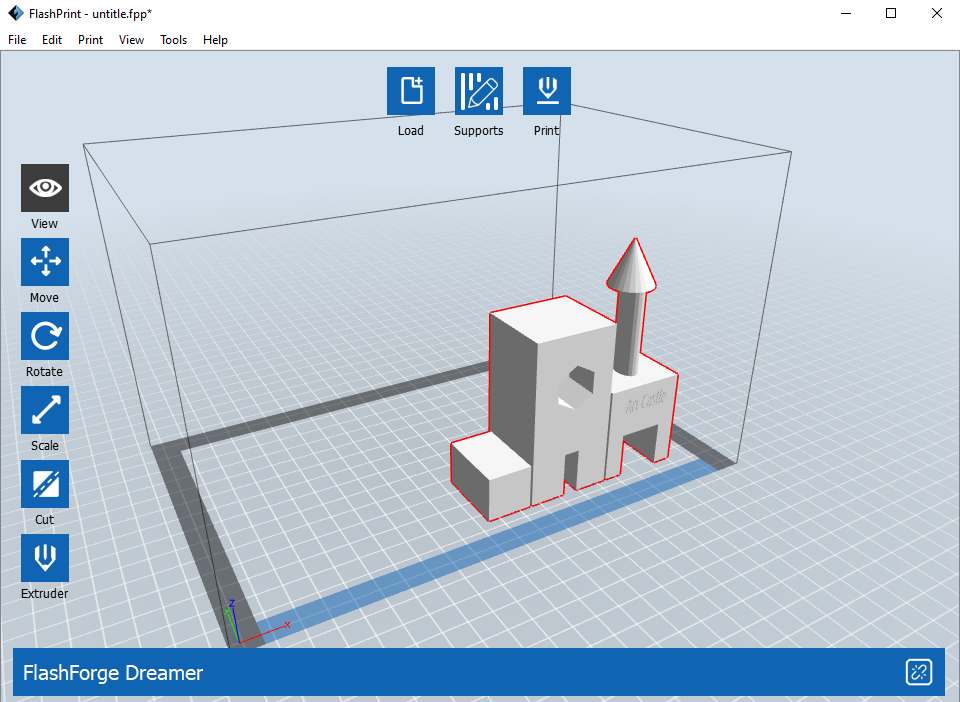
Now that you have the nuts and bolts of incorporating real-world connections into your art curriculum, let’s look at some lesson plans to make easy, fun, and meaningful connections.
Check out these three interdisciplinary art lessons that naturally lend themselves to real-world applications.
1. Bridge Making (Grades 1–3)
This lesson is perfect for science or engineering concepts. It uses a discovery-based teaching method and even allows for student collaboration. For this project, students can use many materials to make a bridge. Suggested materials include popsicle sticks, wire, pipe cleaners, tape, glue, foil, and paper. Also, decide whether this should be a timed, one-day assignment or a multi-day lesson.
- VA: Cr1.1.1a Engage collaboratively in exploration and imaginative play with materials.
- VA: Cr1.1.2a Brainstorm collaboratively multiple approaches to an art or design problem.
- VA: Cr1.2.2a Make art or design with various materials and tools to explore personal interests, questions, and curiosity.
Next Generation Science Standards:
- K-2-ETS1-1 Ask questions, make observations, and gather information about a situation people want to change to define a simple problem that can be solved through the development of a new or improved object or tool.
- K-2-ETS1-2 Develop a simple sketch, drawing, or physical model to illustrate how the shape of an object helps it function as needed to solve a given problem.
Here are the suggested steps for the lesson:
- Lay out your chosen materials.
If using multiple materials, keep things separated with trays, cups, or bowls. - Define your time limit and tell the students.
A one-class period build adds to the excitement, but a two or three-day stretch can yield more elaborate pieces. This can also depend on if you have the means to store the work for multiple days. - Build a bridge!
Since this is a discovery-based project, you serve more as the guide on this journey than an “end all be all” of answers. - Allow students time for self-reflection.
Use think-pair-share to address one or more of the following prompts:
Working with my classmates taught me…
Looking at our bridge, I feel…
If I was to build a bridge again, I would…
2. Invention Project (Grades 4–6)
Students create an invention idea on their own, first by drawing it on paper, then creating it in a sculptural medium. This lesson works best with the upper elementary to early middle school years but can be adapted if need be. It utilizes the process of design thinking, which is applied in many facets of the job world, such as engineering, product design, and manufacturing. The prototype phase at the end serves as a culmination of the project. It shows the students how the whole design thinking process comes full circle.
- VA: Cr1.1.4a Brainstorm multiple approaches to a creative art or design problem.
- VA: Cr1.1.5a Combine ideas to generate an innovative idea for artmaking.
- VA: Cr1.1.6a Combine concepts collaboratively to generate innovative ideas for creating art.
- VA: Cr2.3.6a Design or redesign objects, places, or systems that meet the identified needs of diverse users.
Next Generation Science Standards:
- 3-5-ETS1-1 Define a simple design problem reflecting a need or want that includes specified criteria for success and constraints on materials, time, or cost.
- 3-5-ETS1-2 Generate and compare multiple possible solutions to a problem based on how well each is likely to meet the criteria and constraints of the problem.
- 3-5-ETS1-3 Plan and carry out fair tests in which variables are controlled and failure points are considered to identify aspects of a model or prototype that can be improved.
Here are the suggested steps for the lesson:
- Brainstorm an invention idea.
- Write and sketch out visions in their sketchbooks.
- Compose a diagram of their invention on drawing paper. Encourage neatness, labels, and full color.
- Use clay or papier-mâché to construct a prototype of their creation.
- Present their inventions to the class, discussing the design thinking process and what their invention does.
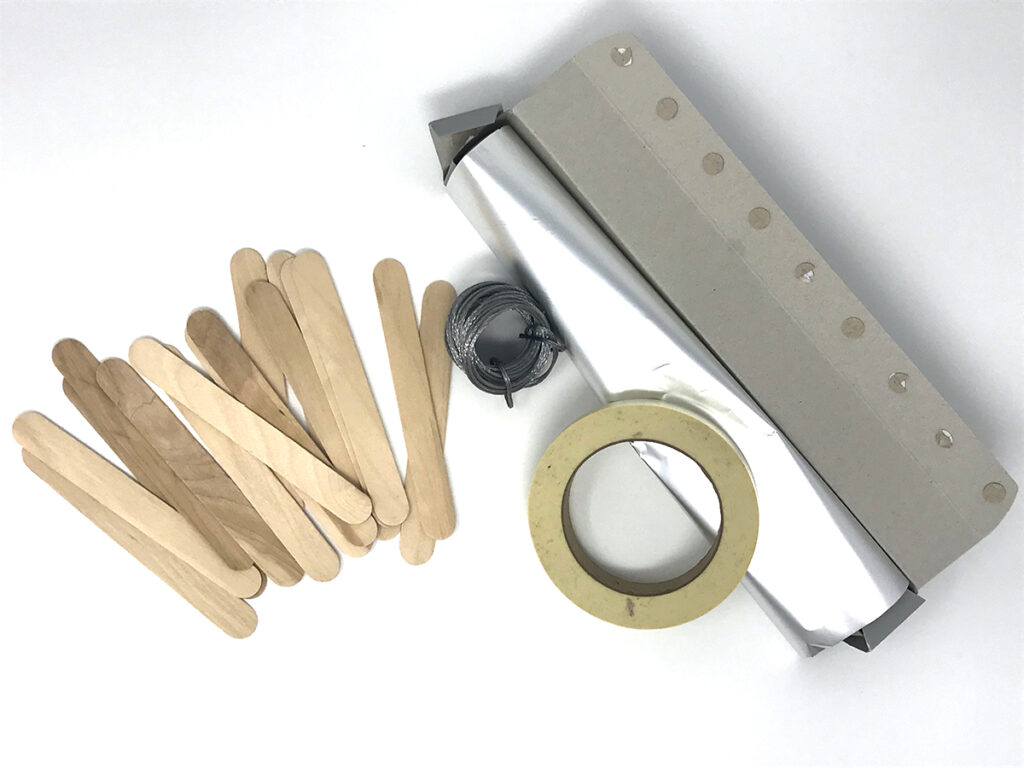
3. Paper Challenge (Grades 5–8)
Much like the bridge-making project, this involves using the discovery-based learning method. Students use one sheet of paper to build the tallest tower. The catch is that you give students one sheet of paper, one roll of tape, and one pair of scissors. Limit supplies and time to impel students to efficiently and creatively problem-solve. This directly applies to real-world scenarios where one gets limited supplies, a finite budget, and the need to make the best of what they are given. This may even sound familiar to some of us in the art classroom, where ingenuity is the key to success.
- VA: Cr2.1.7a Demonstrate persistence in developing skills with various materials, methods, and approaches in creating works of art or design.
- VA: Cr2.1.8a Demonstrate willingness to experiment, innovate, and take risks to pursue ideas, forms, and meanings that emerge in the process of artmaking or designing.
- VA: Cr2.3.6a Design or redesign objects, places, or systems that meet the identified needs of diverse users.
Next Generation Science Standards:
- MS-ETS1-2 Evaluate competing design solutions using a systematic process to determine how well they meet the criteria and constraints of the problem.
- MS-ETS1-4 Develop a model to generate data for iterative testing and modification of a proposed object, tool, or process such that an optimal design can be achieved.
Here are the suggested steps for the lesson:
- Explain the rules of the paper challenge to the class.
Students build the tallest tower using one sheet of paper, one roll of tape, and one pair of scissors. Feel free to make up your own rules as you see fit, but a fun one to use is students cannot tape their tower to the table. - Decide on the time limit for this project.
It lends itself to a one-day lesson but could work as a multi-day project if necessary. - Build the tallest tower possible!
- Allow students time for self-reflection.
This can involve writing or a class discussion to address the following prompts:
What was difficult about getting your tower to stand up tall?
Describe how you explored and experimented with different techniques.
Share what you are most proud of about your tower-building experience.
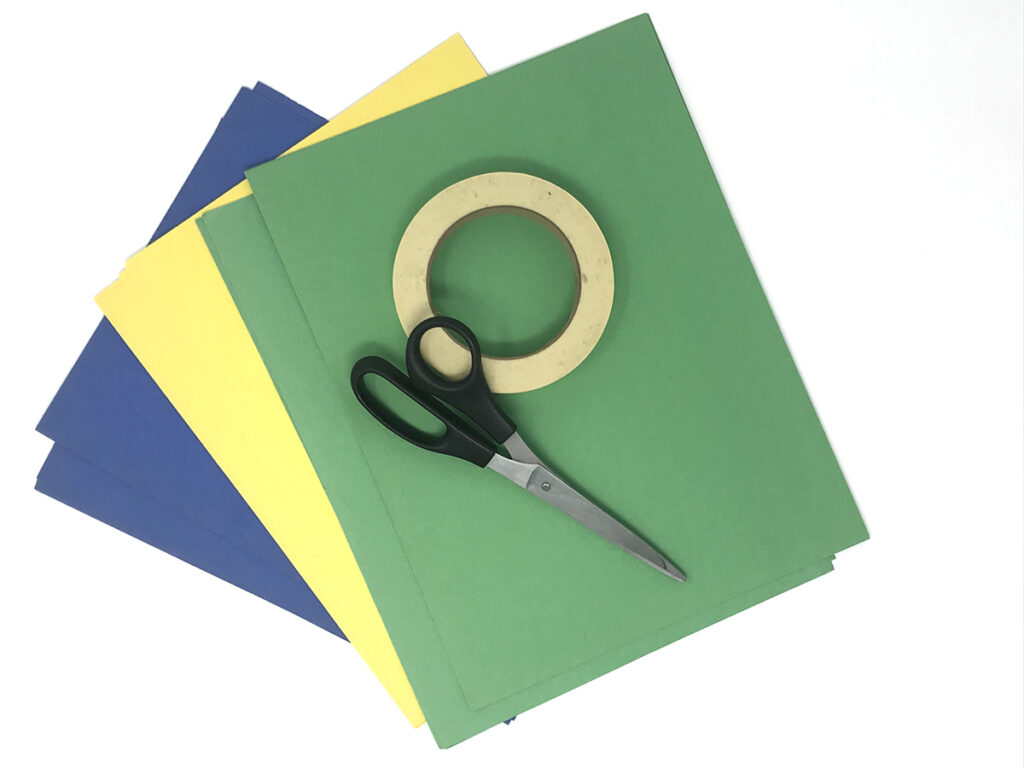
The possibilities for real-world connections in the art room are vast. The typical art connections like graphic design, illustration, artist, art teacher, or art historian are easy to plug in. But other links, such as engineering or science, can be just as simple. With anything in the education world, it helps to know your students, their backgrounds, and their interests. Tailoring your instruction to meet their needs is always important. Look for that natural fit and comfort to give your lessons an authentic, meaningful feel. As a result, your lessons will have a greater impact on your students!
Portions of this work are based on the National Core Arts Standards. Used with permission. National Coalition for Core Arts Standards (2015) National Core Arts Standards. Rights Administered by the State Education Agency Directors of Arts Education. Dover, DE, www.nationalartsstandards.org all rights reserved.
NCAS does not endorse or promote any goods or services offered by the Art of Education University.
Do you have lessons where you integrate real-world connections? If so, what are they?
Can you strengthen a lesson you already have to incorporate some of these ideas?
Magazine articles and podcasts are opinions of professional education contributors and do not necessarily represent the position of the Art of Education University (AOEU) or its academic offerings. Contributors use terms in the way they are most often talked about in the scope of their educational experiences.
